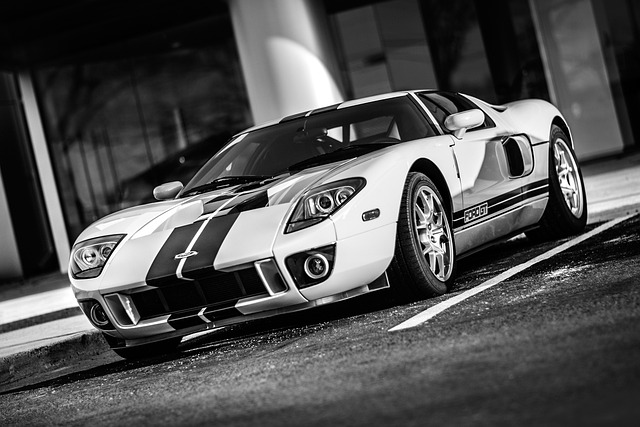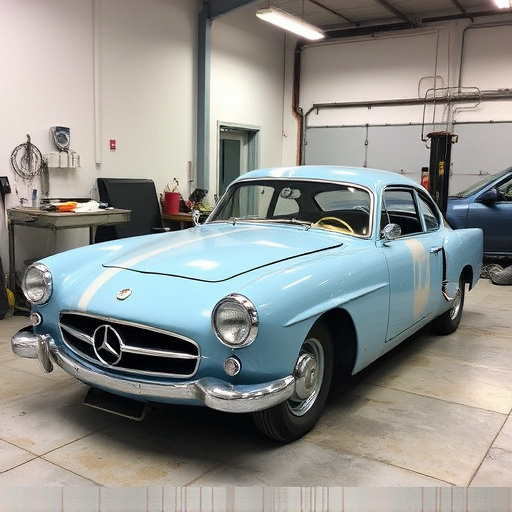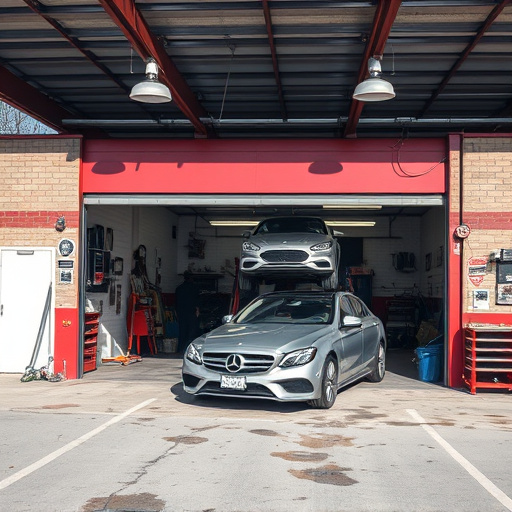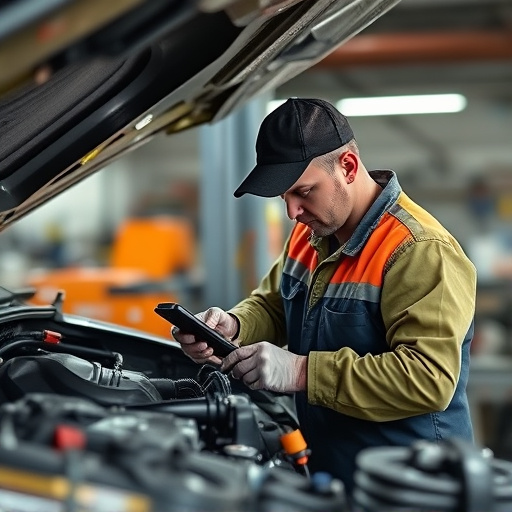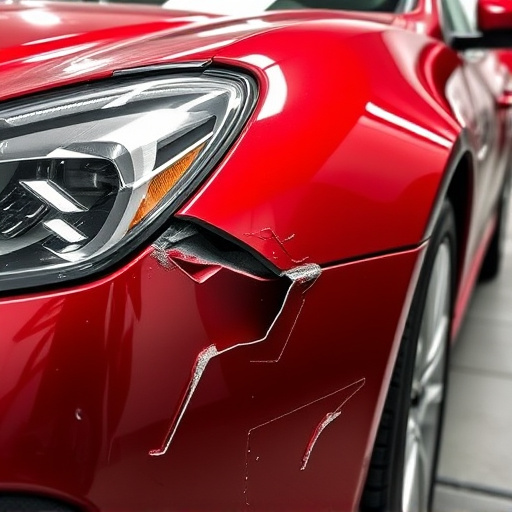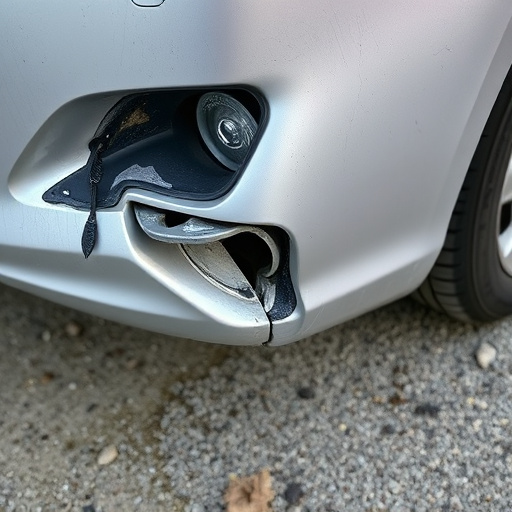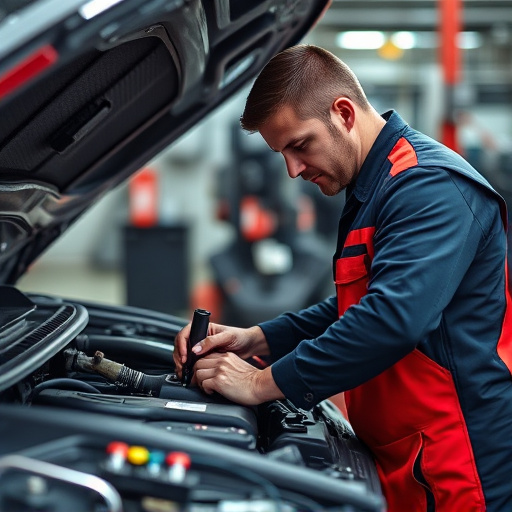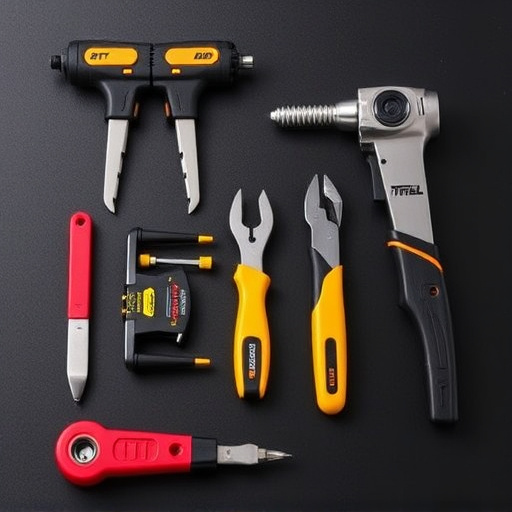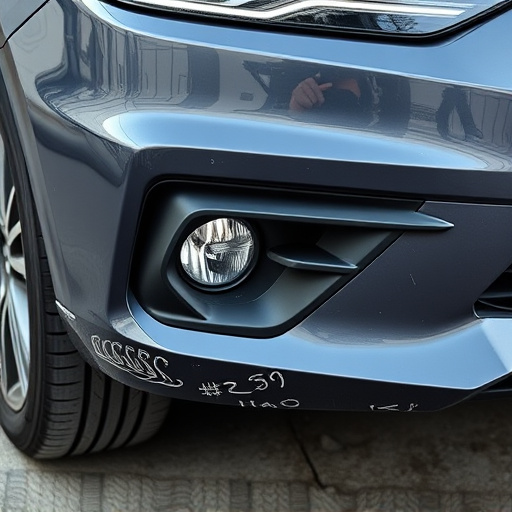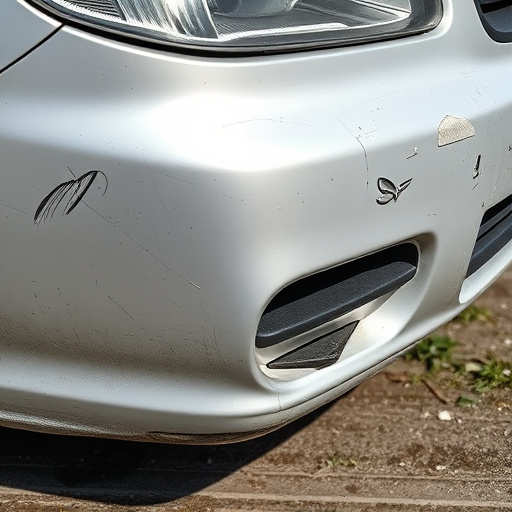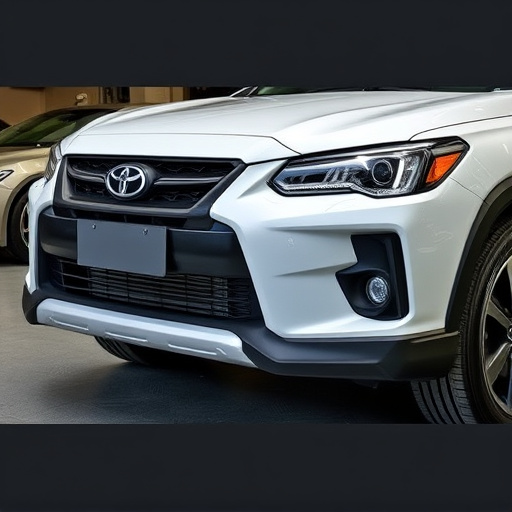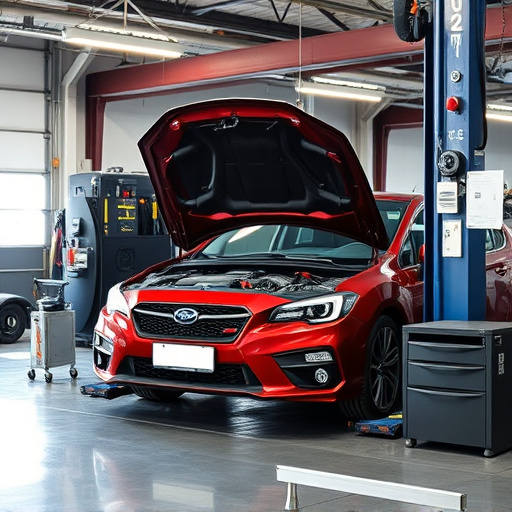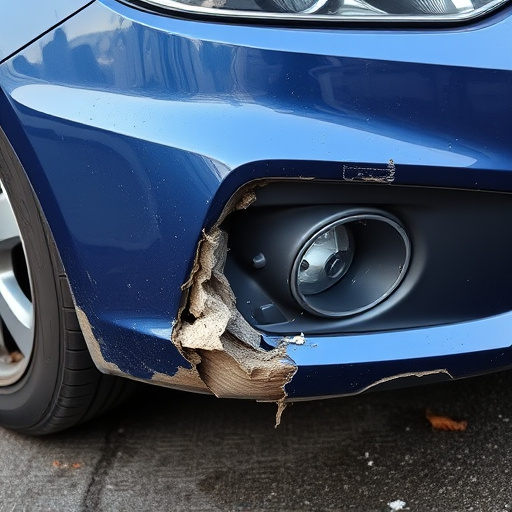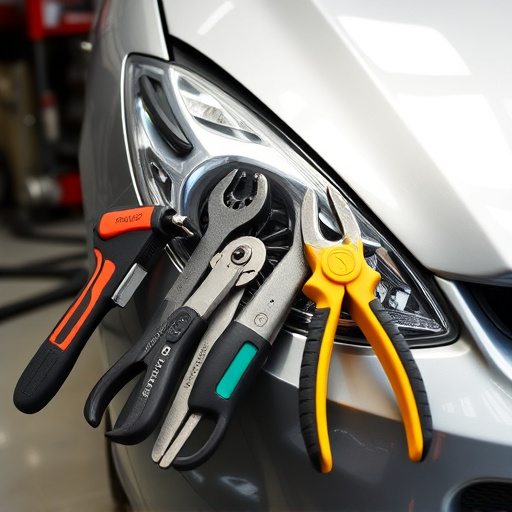Metal Reshaping PDR (Paintless Dent Repair) is a modern, cost-effective solution for car damage repair, using precise pressure and force to realign warped or damaged metal panels without painting. This technique saves money, time, and preserves the original factory finish, making it popular among automotive dealerships and fleet management companies for efficient dent removal while maintaining vehicle aesthetics and operational efficiency.
Discover the revolutionary power of Metal Reshaping PDR (Paintless Dent Repair) and its profound cost-saving potential. This article demystifies the process, revealing how it offers a cost-effective alternative to traditional repair methods. From understanding the benefits of metal reshaping PDR to exploring real-world case studies, we dissect why this technique is transforming the automotive industry. Learn how businesses and individuals alike are reaping significant financial gains by opting for PDR solutions.
- Understanding Metal Reshaping PDR: The Process and Its Benefits
- Significant Cost Savings: Comparing Traditional Repairs vs. PDR
- Real-World Applications: Case Studies of Successful Metal Reshaping PDR Implementations
Understanding Metal Reshaping PDR: The Process and Its Benefits
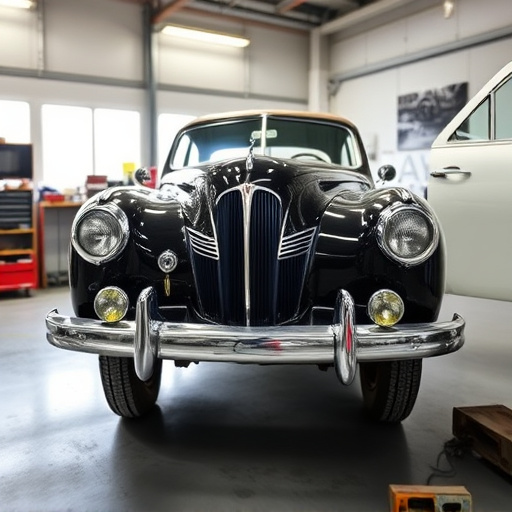
Metal reshaping PDR is a specialized technique within the automotive collision repair industry, offering an innovative solution for car damage repair. This process involves manipulating and restructuring metal panels on a vehicle to restore them to their original shape and integrity after an accident. By carefully applying pressure and force, skilled technicians can realign warped or damaged areas, effectively fixing dings, dents, and even major deformities.
The benefits of metal reshaping PDR are numerous. Firstly, it provides a cost-effective alternative to replacement parts for body shop services. By repairing the existing metal, shops can reduce material costs and labor expenses associated with extensive panel replacements. Additionally, this method retains the original factory finish, ensuring the vehicle maintains its aesthetic appeal and resale value. Moreover, metal reshaping PDR is a more sustainable practice, as it minimizes waste and reduces the demand for new parts, contributing to a greener automotive collision repair process.
Significant Cost Savings: Comparing Traditional Repairs vs. PDR
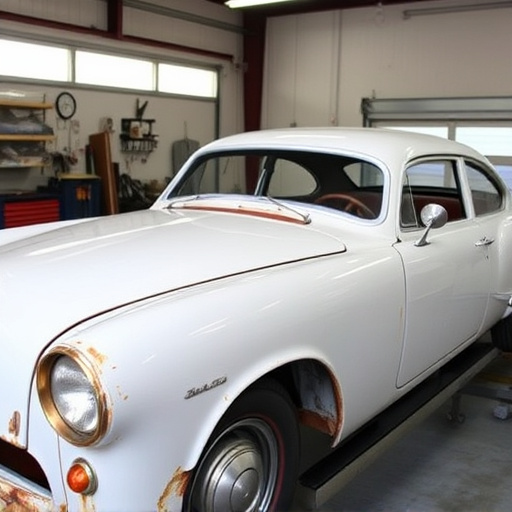
When it comes to vehicle repairs, especially after minor dents or damages, many traditional methods involve extensive and costly procedures. However, Metal Reshaping PDR (Paintless Dent Repair) offers a game-changing approach that delivers significant cost savings. By utilizing specialized tools and techniques, this modern repair method retains the original factory finish while correcting dents and dings without the need for frame straightening or extensive car body repair.
Comparing traditional repairs, which often include painting and replacing parts, with PDR is like comparing apples to oranges. Traditional methods can be expensive due to labor-intensive processes such as disassembling panels, using filling compounds, and applying multiple coats of paint. In contrast, metal reshaping PDR technicians work meticulously on the surface, restoring it to its former condition without breaking the bank. This cost-effective solution not only saves money but also expedites the repair process, ensuring your vehicle is back on the road faster with minimal impact on its overall value.
Real-World Applications: Case Studies of Successful Metal Reshaping PDR Implementations
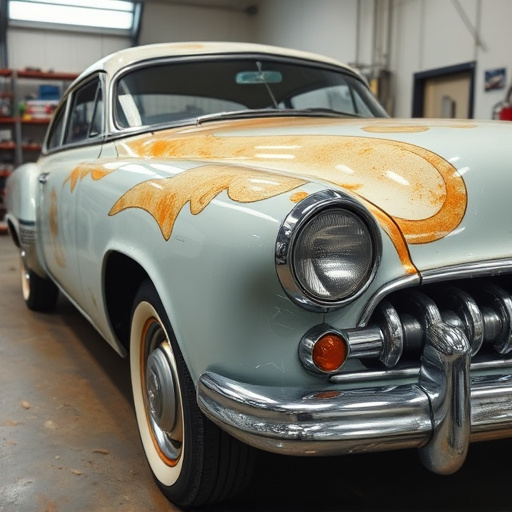
In the realm of auto collision repair and vehicle dent repair, metal reshaping PDR (Paintless Dent Repair) has emerged as a game-changer. Real-world applications have demonstrated its effectiveness across various industries, showcasing successful implementations that highlight cost savings and improved efficiency. For instance, automotive dealerships have adopted metal reshaping PDR to minimize downtime and reduce repair costs for minor dents and scratches on new vehicles. This not only enhances customer satisfaction but also contributes to maintaining the pristine condition of showrooms.
Another notable case involves fleet management companies, which utilize metal reshaping PDR for cost-effective maintenance of commercial vehicles. By swiftly addressing dented panels without painting, these companies significantly lower labor costs and reduce the need for replacement parts. This approach is particularly beneficial for businesses operating large fleets, where quick turnarounds and minimal expenses translate to improved operational efficiency and better bottom lines.
Metal reshaping PDR (paintless dent repair) offers a cost-effective solution for vehicle damage repairs, proving to be a game-changer in the automotive industry. By understanding the process and its benefits, as outlined in this article, it’s clear that metal reshaping PDR provides significant savings compared to traditional methods. Real-world applications showcased through case studies further emphasize the effectiveness of this technique, making it a smart choice for both repair shops and vehicle owners seeking efficient, budget-friendly solutions without compromising on quality.
